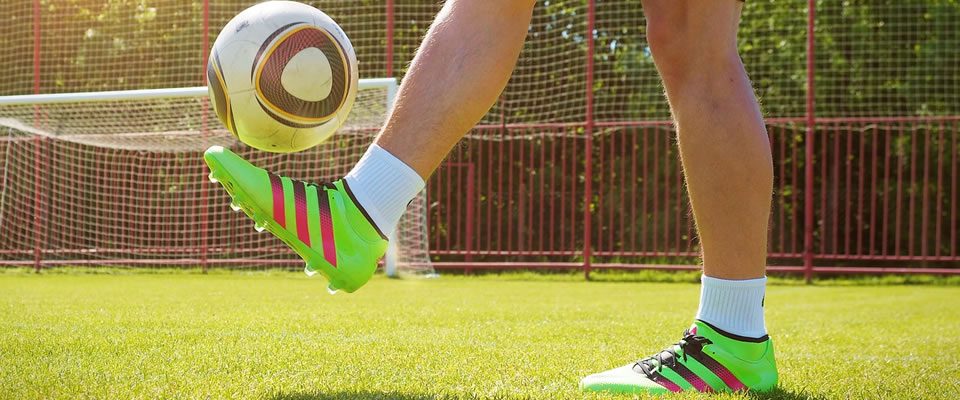The first season in Manchester under Pep Guardiola has been a little inconsistent, although the clear signs of improvements are steadily visible. With the arrival of Guardiola a whole adaptation process started for the team, which was basically and most importantly the presentation and implementation of the Positional Play. Here TP in August has already previewed the issues City has had in the previous season, and the possible changes that Guardiola may bring to Manchester City.
Early stages of the season
They have started the season in 4-3-3 formation, with using the false full-back approach, which Guardiola has already used at Bayern with Lahm and Alaba.
This approach resulted in creating more and isolated 1v1 situations for Nolito and Sterling on the flanks, especially the latter could create huge advantages of that. In possession it formed a 2-3-5/-2-3-2-3 shape, with narrow full-backs in the halfspaces, and wide wingers at the flanks, although understandably their individual and collective movements and orientations was a bit far from the orthodox positional play requriements – zonal attack/responsibility.
Nevertheless the 2 central-midfielders -mostly De Bruyne and Silva- were often able to create a decisional crisis in the opposing defense, as the defenders were not able to react and adapt to their positioning in between the lines –in the halfspaces-, therefore they could often offer an easy option in between the lines. Also, the 2 full-backs often moved into higher positions, which in one hand created and overload at the ball’s zone, created more options in depth, and kept –forced- the opponent’s second-line narrower, which opened up spaces next to the sidelines for the wingers. Although on the other hand it had a negative effect of leaving the players from City’s first-line without proper options as the spatial distribution wasn’t optimal to maintain the constant horizontal circulation in order to move the oppositional shape and open up spaces or passing lanes.

This movement created a 3-2-2-3 shape in possession, with the defensive midfielder dropping into the first line, in between the centre-backs, which on fact could often cause issues for the oppositional side and gave a structural flexibility in the middle third. Occasionally they have used a 2-3-5/2-3-2-3 with deeper and wider full-backs, but that was mostly used in the second half of the season.


